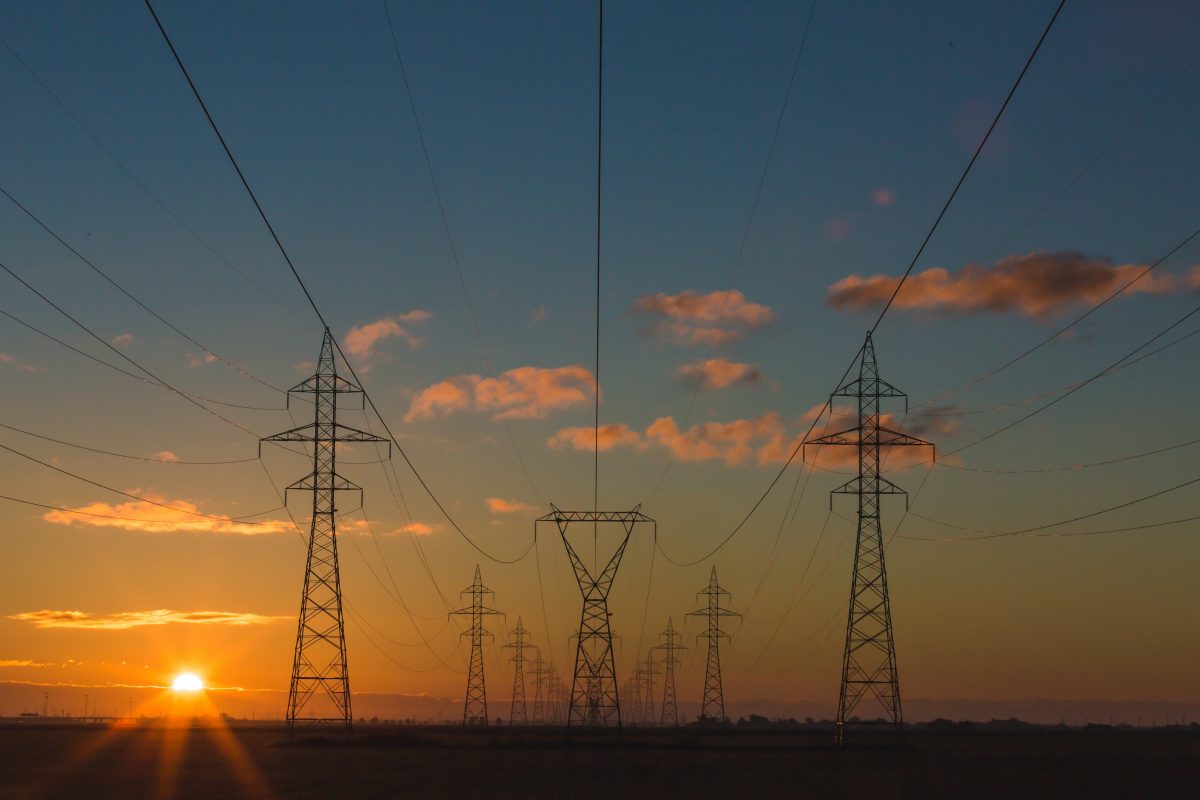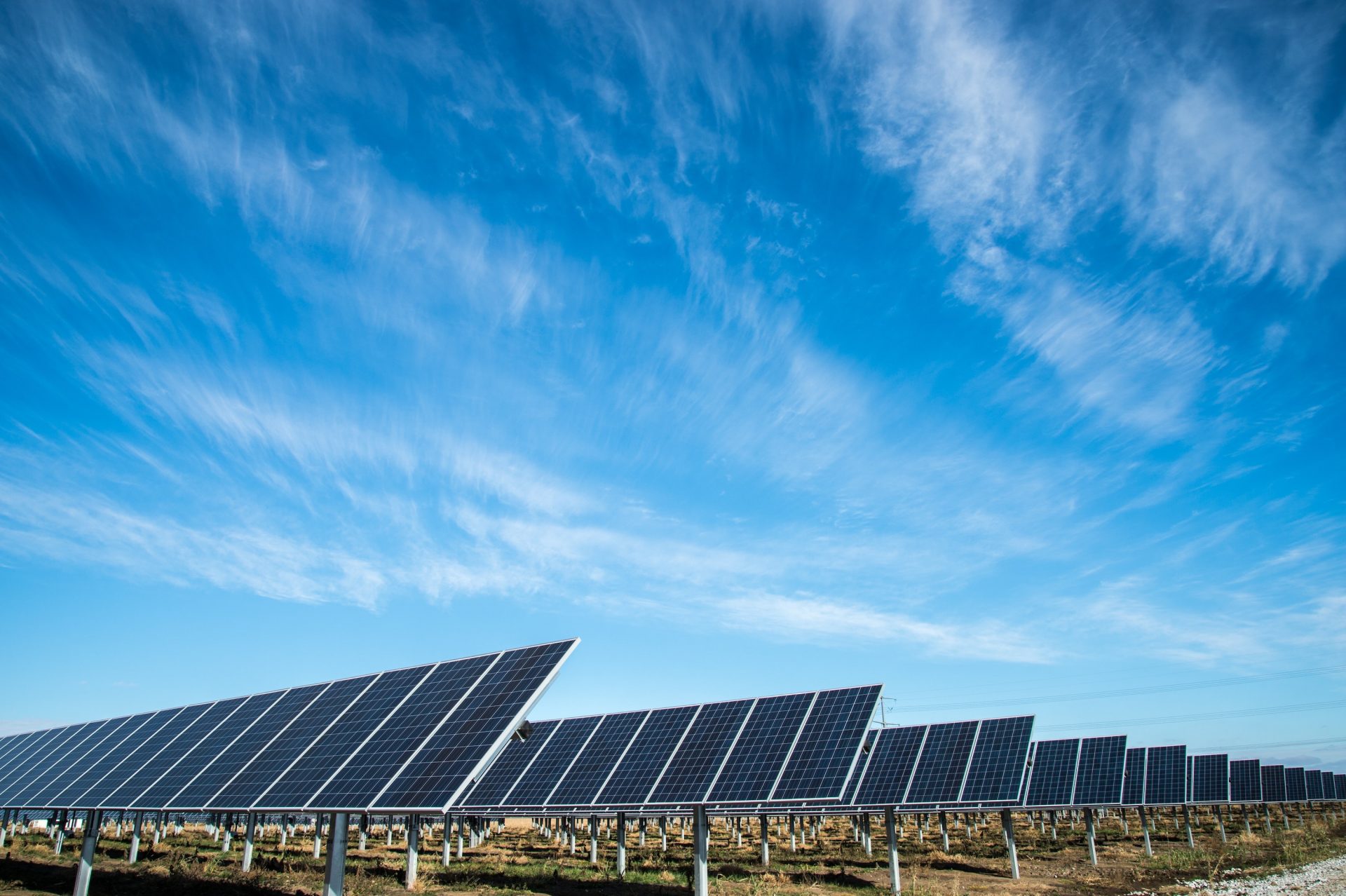Malaysia’s new power generation plan declares an intention to increase its share of renewable energy to 31% by 2025 and an eyebrow-raising 40% by 2035.
This article was written by ExpatGo contributor Jennifer Dawson.
Malaysia’s presence in international news has been a mixed bag of late. Malaysia fell to the bottom of Bloomberg’s monthly Covid resilience ranking in August as the Delta variant ripped through the country on the coronavirus front.
On the other hand, Malaysia ranked fourth out of 59 locations in the worldwide 2021 Expat Insider Survey. So while the country continues to struggle with Covid-19, expatriates still identify it as one of the best places to migrate — though we expect that to possibly change in light of the government’s apparent antipathy towards foreigners.

Malaysia has made global headlines in another area as well: renewable energy. The country recently set energy goals that caught the world’s attention for its ambition. So just how well is Malaysia faring on these renewable energy goals?
MALAYSIA SETS LOFTY ENERGY GOALS
Under its new power generation plan, Malaysia has declared its intention to increase its share of renewable energy to 31% by 2025 and an eyebrow-raising 40% by 2035. According to Minister of Energy and Natural Resources Datuk Seri Dr. Shamsul Anuar Nasarah, the current installed capacity for renewable energy is 7,995 megawatts. The projection for 2035 is an increase to 18,000 megawatts.

The new plan focuses heavily on Peninsular Malaysia. This area accounts for 80% of the country’s energy demand. Minister Nasarah says the bulk of the new energy production will come from solar sources, although the plan also increases wind-derived energy.
WHERE MALAYSIA GETS ITS ENERGY
Currently, Malaysia derives 37% of its energy from petroleum and other liquid gases. Natural gas accounts for 36%, while coal meets roughly 21% of Malaysia’s energy needs. Only 6% of Malaysia’s current energy output is derived from renewable resources.

With a population of 32.8 million and a GDP growth rate of -5.8% in 2020, Malaysia is 100% energy independent. Consumption per capita is significantly higher than any neighboring countries, however. Per capita, electricity consumption in Malaysia increased from 700 kWh over a decade, from 3,900 kWh per capita in 2010 to 4,600 kWh in 2020.
INFLUENCING FACTORS ON MALAYSIA’S ENERGY OUTPUT
The cost of solar power generation will be a significant factor in Malaysia’s new energy landscape. LCOE (levelized cost of energy) for solar power has dropped 19% a year since 2010, making this technology significantly more affordable. Thanks to this drop in price, solar capacity expanded 66% over that period and is poised to see even more explosive growth under this new energy plan.
"ExpatGo welcomes and encourages comments, input, and divergent opinions. However, we kindly request that you use suitable language in your comments, and refrain from any sort of personal attack, hate speech, or disparaging rhetoric. Comments not in line with this are subject to removal from the site. "





















